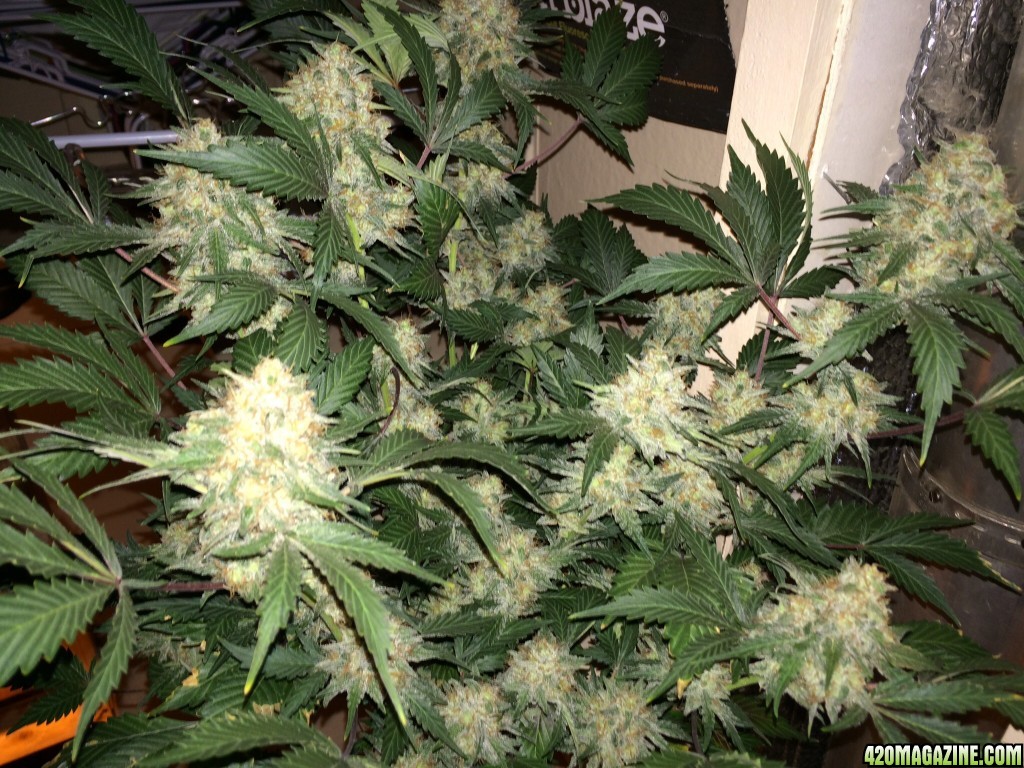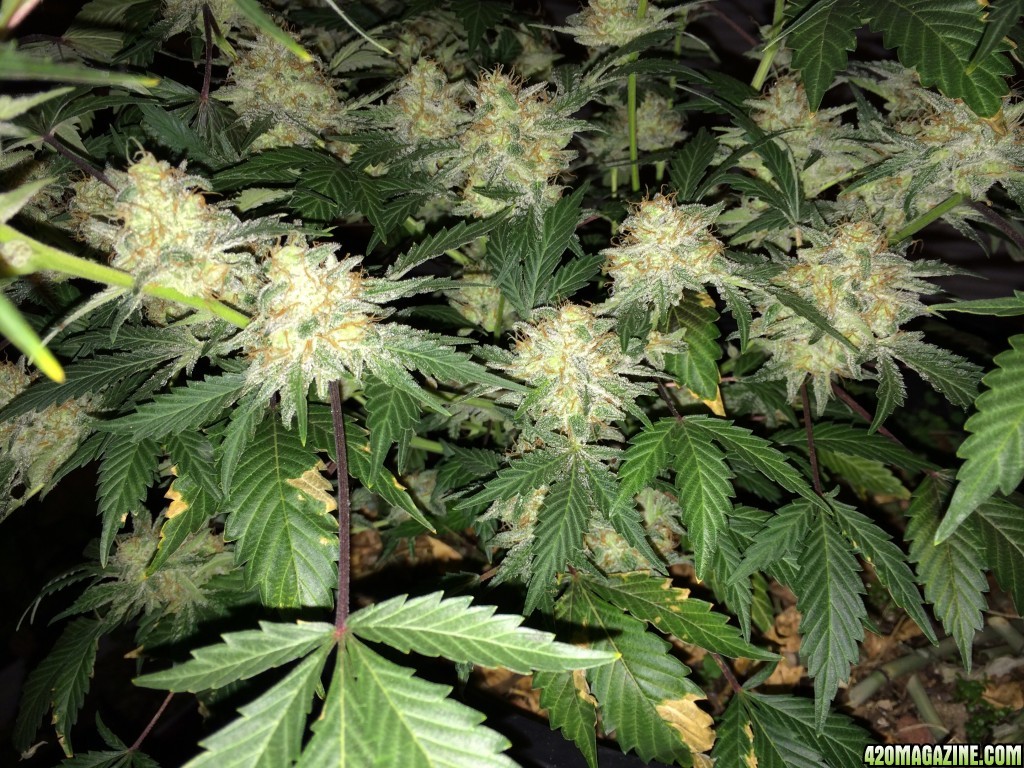- Thread starter
- #61
It's all good brother, I just happen to believe mulching is paramount, and I'm trying to share that on the thread here, I value your thoughts though.
How To Use Progressive Web App aka PWA On 420 Magazine Forum
Note: This feature may not be available in some browsers.


A good start indeed.
Use Canadian sphagnum peat moss, not promix
For amendments use an equal parts mix of neem seed meal, kelp meal, crab meal.
Instead of lime use oyster shell flour.
If you have perlite use it, if you don't already have it try lava rock and or pumice.
Or just try your mix it should be a great way to start.
A good start indeed.
Use Canadian sphagnum peat moss, not promix
For amendments use an equal parts mix of neem seed meal, kelp meal, crab meal.
Instead of lime use oyster shell flour.
If you have perlite use it, if you don't already have it try lava rock and or pumice.
Or just try your mix it should be a great way to start.
I know your goal is to do a water only grow, which is a cool goal, and I'd enjoy following it and checking out your results...
... But, a compost tea once or twice and and enzyme tea here or there will really be good... Something to consider at the very least.

Teas aren't that difficult, in fact according to microbeman, it's fairly difficult to make a bad compost tea. In my personal experience they will not stink, unless there is fish product in the tea.
Please get your compost tea information from microbeorganics.com and the enzyme tea info from buildasoil. There is much misinformation about teas being circulated on the web.